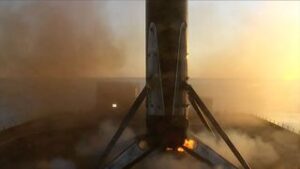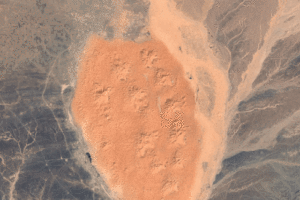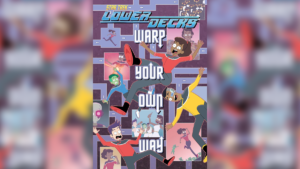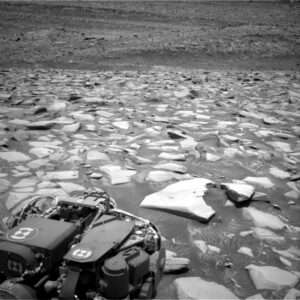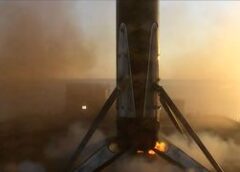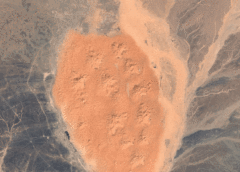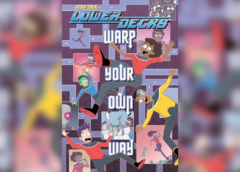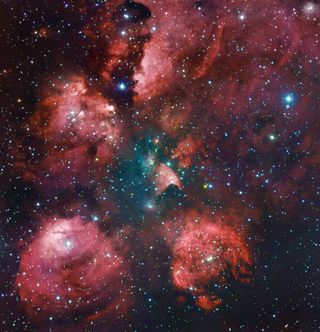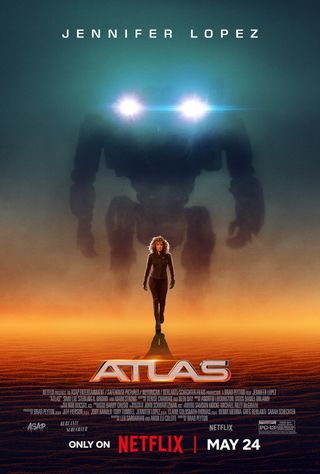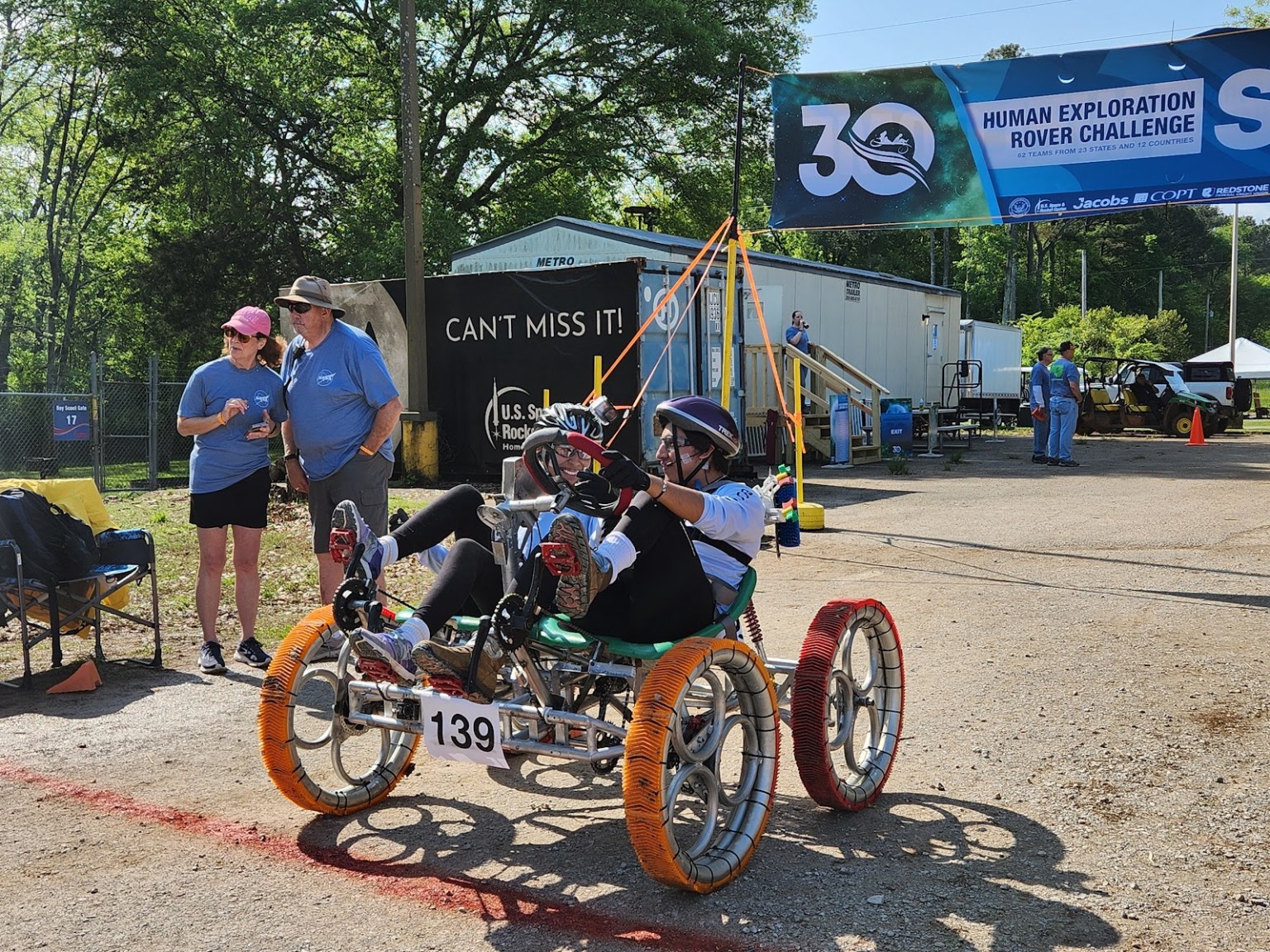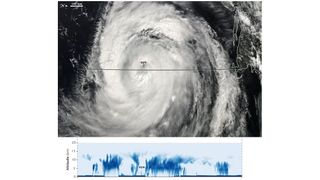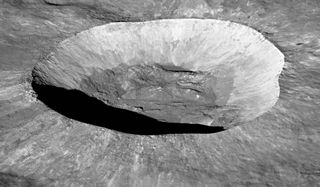Scientists have discovered a hitherto unknown space molecule while investigating a relatively nearby region of intense star birth, a cosmic spot about 5,550 light-years away. It’s part of the Cat’s Paw Nebula, also known as NGC 6334. The team, led by Zachary Fried, a graduate student at the Massachusetts Institute of Technology (MIT), examined a section of the nebula known as NGC 6334I with the Atacama Large Millimeter/submillimeter Array (ALMA). This revealed the presence of a complex molecule known as 2-methoxyethanol, which had never been seen before in the natural world, though…
Read MoreNetflix releases official trailer for Jennifer Lopez mech combat sci-fi film ‘Atlas’ (video)
With “Atlas,” Netflix is clearly embracing bombastic summer spectacle in the vein of Amazon’s “The Tomorrow War.” That is, ‘original’ sci-fi flicks with hefty production budgets and killer casts to make up for the pastiche of well-trodden ideas. After 20th Century Studios’ stunningly-crafted “The Creator” bombed in theaters last year, maybe these should be released via streaming for the foreseeable future. After a ho-hum “Atlas” teaser (beyond the striking visuals) released for Brad Peyton’s Atlas – which has an interesting cast to say the least – Netflix has put the…
Read MoreThe Marshall Star for April 24, 2024
29 Min Read The Marshall Star for April 24, 2024 Students from Universidad Católica Boliviana prepare to traverse the course at the 2024 Human Exploration Rover Challenge at the U.S. Space & Rocket Center in Huntsville, Alabama, near NASA’s Marshall Space Flight Center. Credits: Credits: NASA/Taylor Goodwin NASA Announces 30th Human Exploration Rover Challenge Winners NASA announced the winners of the 30th Human Exploration Rover Challenge (HERC) April 22, with Parish Episcopal School, from Dallas, winning first place in the high school division, and the University of Alabama in Huntsville,capturing the college/university…
Read MoreTest21
Please Disgregard. This is a test. This landscape of “mountains” and “valleys” speckled with glittering stars is actually the edge of a nearby, young, star-forming region called NGC 3324 in the Carina Nebula. Captured in infrared light by NASA’s new James Webb Space Telescope, this image reveals for the first time previously invisible areas of star birth. NASA, ESA, CSA, and STScI
Read MoreTracking Spring Flooding
Rivers swelled in southern Russia and northern Kazakhstan in April 2024 following heavy rain and rapid snowmelt. This image shows Orenburg on April 13, the day river levels peaked. This scene was acquired by the OLI-2 (Operational Land Imager) on Landsat 9.
Read MoreNASA Glenn Joins Big Hoopla STEM Challenge
1 min read Preparations for Next Moonwalk Simulations Underway (and Underwater) Sam Chamberlin, NASA Glenn Office of STEM Engagement, guides young guests in a hands-on activity demonstrating shape memory alloys during the Big Hoopla STEM Challenge. Credit: NASA/Catherine Graves NASA’s Glenn Research Center in Cleveland joined in the adventure of the Big Hoopla STEM Challenge held at the Dayton Convention Center on March 17. The free family event for kids (K-8) tied together the excitement of college basketball and the power of STEM education. NASA Glenn Deputy Center Director Dawn…
Read MoreNASA Mentors, Students Rock FIRST Buckeye Regional
1 min read Preparations for Next Moonwalk Simulations Underway (and Underwater) The NASA-sponsored Magnificat MagnifiBots team from Magnificat High School in Rocky River, Ohio, earned the Rookie All-Star Award. Credit: NASA/Jef Janis NASA’s Glenn Research Center in Cleveland supported the 25th annual FIRST Robotics Buckeye Regional Competition, March 20 to 23, at Cleveland State University’s Wolstein Center. The NASA-sponsored WorBots team from Thomas Worthington High School in Worthington, Ohio, and Worthington Kilbourne High School in Columbus, Ohio, received the Championship Qualifying Award and the Regional FIRST Impact Award. Credit: NASA/Jef…
Read MoreCleveland School Students Learn About STEM Careers
1 min read Preparations for Next Moonwalk Simulations Underway (and Underwater) Cleveland Metropolitan School District high school students learned about how a robotic dog named “Astro” serves as the eyes and ears for NASA employees conducting inspections in noisy facilities. Credit: NASA/Sara Lowthian-Hanna NASA’s Glenn Research Center in Cleveland opened its doors to Cleveland Metropolitan School District (CMSD) students to explore various Science, Technology, Engineering, and Mathematics (STEM) careers. NASA Glenn’s Office of STEM Engagement invited high school students onsite to explore center facilities and talk to NASA experts during…
Read MoreNASA ends CloudSat Earth-observing mission after 18 years
NASA’s pioneering CloudSat weather and climate mission has come to an end after nearly 18 productive years in Earth orbit. The agency recently decommissioned the satellite, which launched in April 2006 on a planned 22-month mission to study the structure and composition of clouds. “As planned, the spacecraft — having reached the end of its lifespan and no longer able to make regular observations — was lowered into an orbit last month that will result in its eventual disintegration in the atmosphere,” NASA officials wrote in an update on Tuesday (April…
Read MoreEarth’s weird ‘quasi-moon’ Kamo’oalewa is a fragment blasted out of big moon crater
Earth’s “quasi-moon” was likely blasted away from the actual moon relatively recently in the solar system’s history, a new study suggests. Kamo’oalewa, a 131- to 328-foot-wide (40 to 100 meters) near-Earth object (NEO), was liberated by an asteroid impact between 1 million and 10 million years ago, a smashup that created the moon‘s 13.7-mile-wide (22 kilometers) Giordano Bruno crater, according to the research. Kamo’oalewa, or “469219 Kamoʻoalewa” as it is officially designated, was discovered in 2016 by the Pan-STARRS 1 asteroid survey telescope on Haleakalā, Hawaii, as part of NASA’s…
Read More